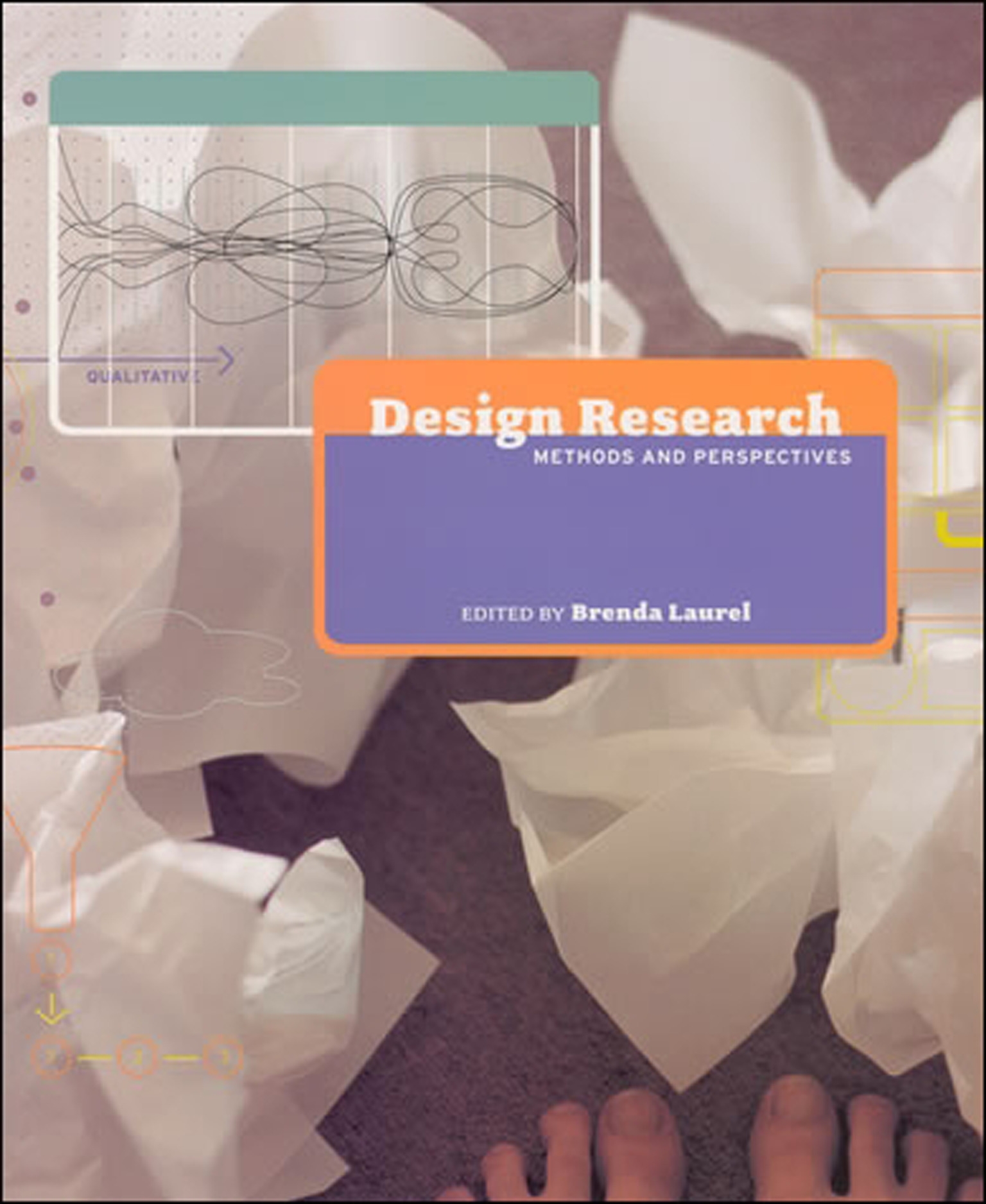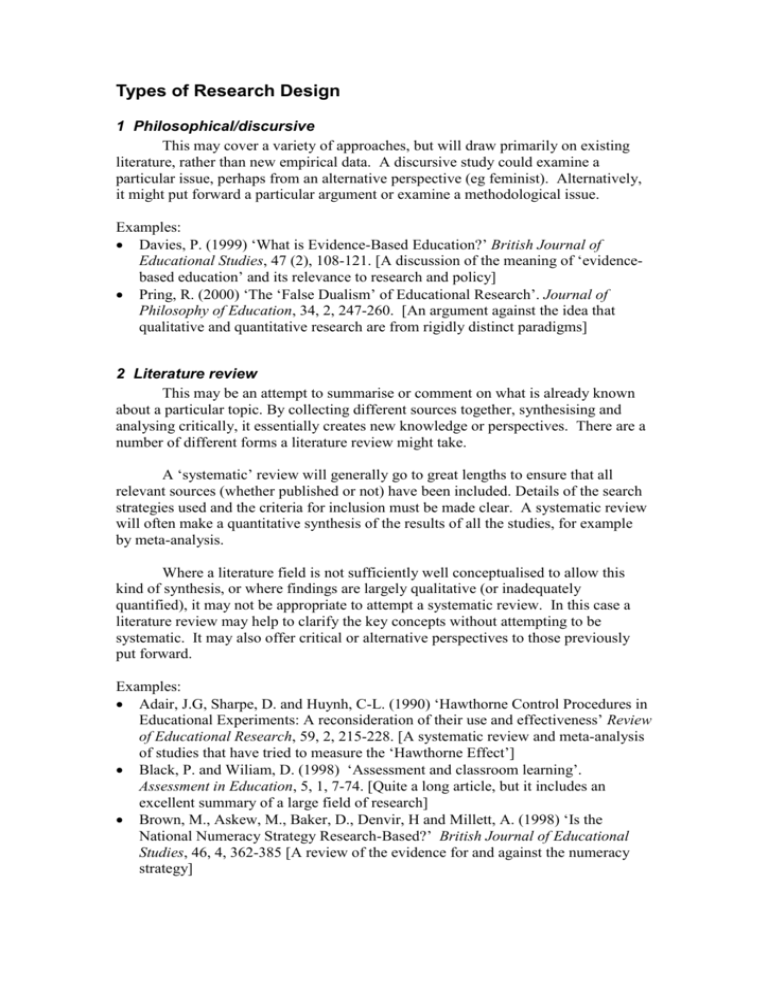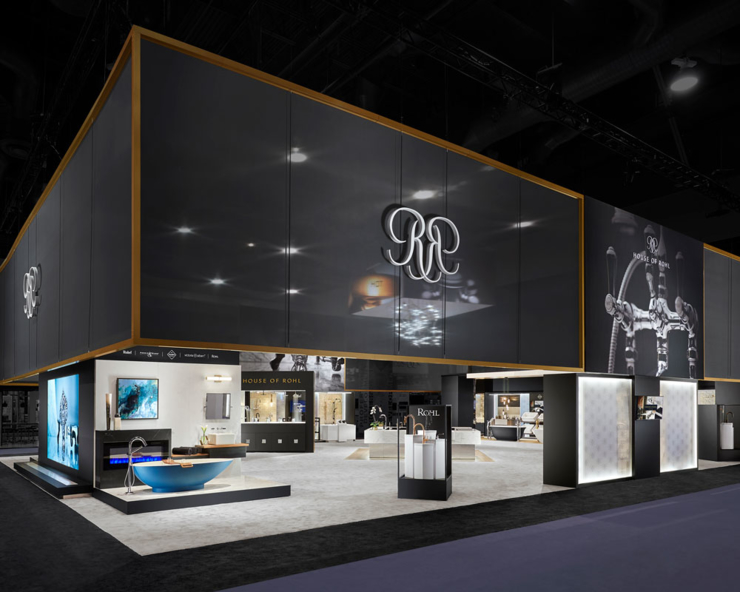Table Of Content

In order to create products that fit your users’ behavior, you need to start with understanding their behavior in the first place. Design research allows teams to acquire an in-depth understanding of their users’ expectations and usage contexts, which helps them better understand the product requirements. There are many books that focus on interviews, usability testing, A/B testing, and other specific areas of design research. When it’s not possible to schedule a real-time test with users, UserTesting.com is a great way to see how people use a site. Researchers can create a series of tasks, and then receive videos from participants—either pre-chosen, or randomly selected. Researchers are able to see a video of the participant using the site, and speaking aloud to explain what they’re doing.
Just one more step to your free trial.
Your research design should clearly define who or what your research will focus on, and how you’ll go about choosing your participants or subjects. At each stage of the research design process, make sure that your choices are practically feasible. As well as scientific considerations, you need to think practically when designing your research. If your research involves people or animals, you also need to consider research ethics.
Practical and ethical considerations when designing research
A qualitative research method that aims to develop theories or explanations grounded in the data collected during the research process. Combines qualitative and quantitative research methods to provide a more holistic understanding of a research problem. Longitudinal surveys collect data from the same participants over an extended period, allowing for the study of changes over time. Researchers analyze textual, visual, or audio data to identify patterns, themes, and trends. There are various research designs, such as experimental, observational, survey, case study, and longitudinal designs, each suited to different research questions and objectives. The choice of research design depends on the nature of the research and the goals of the study.
World Usability Conference
Stuckeman School professor and research director co-edits book on urban design - Penn State University
Stuckeman School professor and research director co-edits book on urban design.
Posted: Thu, 18 Jan 2024 08:00:00 GMT [source]
Or, that one really annoying thing about stargazing is that the frequent rain on the mountaintops drench their telescopes. In essence, design research is the art of observing what people say and do, and then using intuition to reasonably perceive what they think and feel. It is often easy for a designer to make unfounded assumptions based on a bias or prior knowledge or expectations.

A Systematic Review of Research on Personalized Learning: Personalized by Whom, to What, How, and for What Purpose(s)?
Impacts of Extreme Weather on Interior Design Examined in New Research - Business Wire
Impacts of Extreme Weather on Interior Design Examined in New Research.
Posted: Thu, 28 Mar 2024 07:00:00 GMT [source]
You can choose just one data collection method, or use several methods in the same study. In research, a population is the entire group that you want to draw conclusions about, while a sample is the smaller group of individuals you’ll actually collect data from. A well-planned research design helps ensure that your methods match your research aims and that you use the right kind of analysis for your data.

Step 6: Design your data collection process
You will inevitably go into user research with an idea of what the solution space might be, based on your company’s desires and your early research. Imagine you work for an outdoor goods company trying to develop new products for the people living on Callisto, a mythical island. Callisto is small, but it has snowy mountains, sandy beaches, palm trees, rolling hills, and even a ringed planet in sight.
Usability Testing
Design research can minimize bias and keep assumptions along with irrationality at bay. To determine the minimum amount of data necessary for your research, you may use rules of thumb in your area (i.e. 3 repetitions of the same experiment), Taguchi design or fractional factorial design. At this stage, it is crucial to distinguish between the primary data and secondary data. Deterministic sampling, aka, non-probabilistic sampling, relies on non-random selection of the sample and is usually easier to perform. That’s why Motivated Academics are eager to TEST their innovative concepts and ideas to make sure these bring tangible benefits to the economy, society and environment we all live in. Saves your settings and preferences, like your location, for a more personalized experience.
Customer Experience
Correlational research design is used to determine if there is a relationship between two or more variables. This type of research design involves collecting data from participants and analyzing the relationship between the variables using statistical methods. The aim of correlational research is to identify the strength and direction of the relationship between the variables. Research design refers to the overall strategy or plan for conducting a research study. It outlines the methods and procedures that will be used to collect and analyze data, as well as the goals and objectives of the study.
Methods of design research
Currently, many people think of design as what comes at the end of a product’s development cycle — something that makes a product look good. While this is indeed true, design can play a much greater strategic role, and companies are increasingly understanding that design and designers have great value to add before this point. Case studies, which are in-depth studies of focused situations, are used for testing the viability of theories and how they relate to practice in the real world. This type of research focuses on a narrow part of the design and deals with questions specific to that specific item or part. Combine design research with market research to get the customer input and preferences and how that would benefit the customer and translate into profit. Market research works to identify the target market and uses financial benchmarks to gauge success.
In a moderated test an unbiased facilitator talks with the user, reading aloud the tasks and prompting the user to think aloud as he or she accomplishes the tasks. The facilitator’s role is to act as a conduit between stakeholders and the user, phrasing questions to evaluate the effectiveness of a design and testing assumptions while helping the user feel comfortable with the process. Usability testing involves asking potential or current users of a product or service to complete a set of tasks and then observing their behavior to determine the usability of the product or service. This can be done using a live version of a site or app, a prototype or work-in-progress, or even using clickable wireframes or paper and pencil. Some analysis techniques include creating personas or scenarios, describing mental models, or providing charts and graphs that represent statistics and user behaviors. Although the techniques described here are focused predominantly on conducting research, it’s important to remember that research is only valuable if it is shared.
Now that you know what data you need to collect, it is important to decide how exactly you are going to collect your data. This is one of the most crucial aspects of the research design process, as you will actually decide what kind of tools you will use in your research. You can also use mixed methods that combine both qualitative and quantitative approaches. With this approach to research, you can get more comprehensive answers to your research problem and you can deduct more informed conclusions. I want to emphasise one thing – the generation of new research ideas is one of the most crucial aspects that you will need to learn as an academic. But great ideas without efficient research design process and research execution are just that – great ideas without meaningful outputs.
These methods are easily among the most efficient ones—there isn’t too much time invested and there’s plenty of information gathered. The main idea behind them is to study phenomenons and events throughout a longer period of time. Compared to a user interview that can last one or two hours, longitudinal studies can analyze variables anywhere from weeks and months to decades.

No comments:
Post a Comment